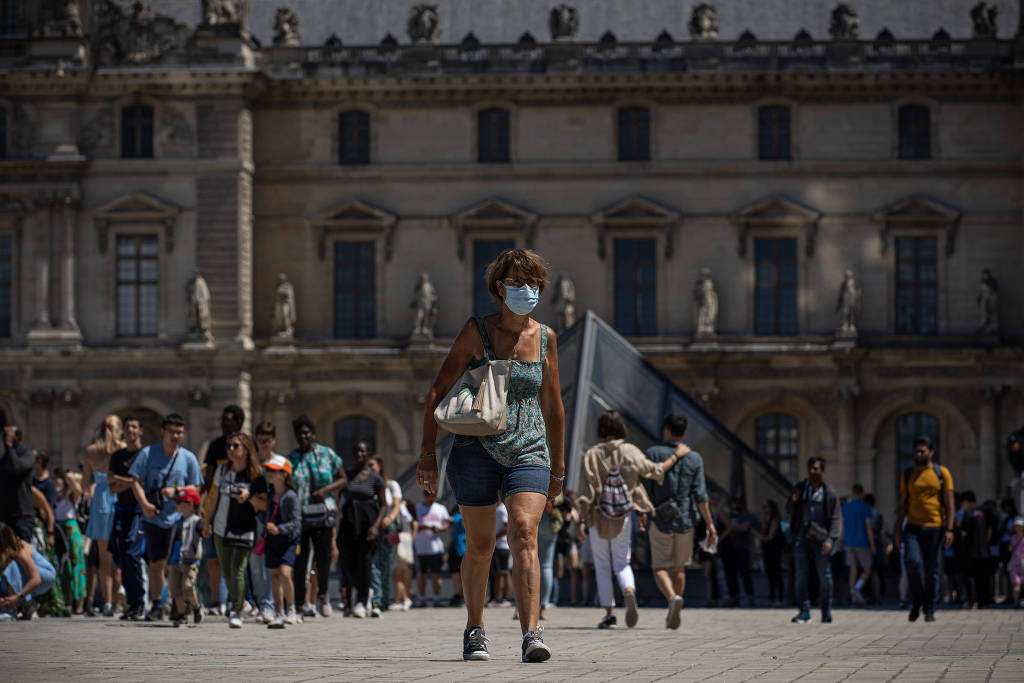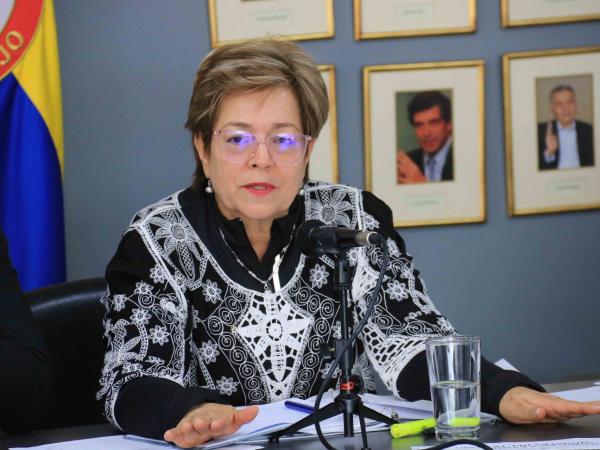After almost three years of being declared for the first time the state of emergency for the COVID-19The World Health Organization said Wednesday that the new coronavirus remains a global emergency. In fact, the WHO emergency committee first listed COVID-19 on January 30, 2020, a determination that helps accelerate research, funding, and international public health action to contain a spread of COVID-19. illness. The UN agency has said in recent months that cases are falling in some parts of the world, but countries still need to maintain vigilance and boost vaccination of the most vulnerable populations. “Although the public perception is that the pandemic is over, it remains a public health event that continues to adversely and strongly affect the health of the world’s population,” the WHO committee said. This is supported by the fact that despite the number of weekly deaths being the lowest since the pandemic began, it is still high compared to the mortality rate of other viruses. “This pandemic has surprised us before and it is very possible that it will do so again,” WHO Director-General Tedros Adhanom Ghebreyesus told reporters.
In the same way they pronounced jointly by the WHO and the European Union (EU). “Although we are not in the same place as a year ago, it is clear that the COVID-19 pandemic is not over. We see upward indicators again in Europe, suggesting that another wave of infections has begun”, states in a joint statement from WHO-Europe, the European Center for Disease Prevention and Control (ECDC) and the European Commission (EC). The potential simultaneous circulation of COVID-19 and seasonal flu increases the risk of serious illness and death in vulnerable people, which would increase the pressure on hospitals and health personnel, “already exhausted after almost three years on the front line of the pandemic ”. Hence, these organizations highlight the importance of public health measures and vaccination, “our most effective tool”. Millions of people have not yet been vaccinated against the coronavirus, so governments must increase efforts to receive them, including booster doses, combined with the flu, especially health personnel, those over 60 years of age , pregnant women and people with underlying diseases. “The southern hemisphere, where winter just ended, experienced an early and very active flu season. We don’t know exactly what to expect in the European region, but we could see a similar scenario.”
An example of the increase in cases in the “Old Continent” is the situation in Italy, where the Ministry of Health reported On October 19, 41,712 new cases of COVID-19 had been registered in the last 24 hours, as well as 81 deaths in the same period. The report noted that, after performing 233,084 tests, positivity was 17.9%, slightly higher than the previous day, when 17.7% was reached from 329,569 tests. Likewise, the Spanish Health Registration on October 21, 25,422 new cases, of which 16,634 have occurred in people over 60 years of age, to which 75 deaths are added in the last week. This upward trend in the number of infections is a pattern that is repeated in Europe and that, according to experts, will increase in the coming weeks.
Meanwhile in America, the Pan American Health Organization (PAHO) alerted of four worrying epidemics: Poliomyelitis, Cholera, the monkeypox and of COVID-19. Regarding the latter, the director of PAHO assured that the downward trends worldwide and in the Americas “are an encouraging sign that we may be moving from the acute phase of the pandemic to a phase of sustained control.” Still, “the pandemic is still with us,” insisted Dr. Carissa F. Etienne. Proof of this, last week more than 178,000 new cases were registered in the region, where more than 70% of people have been fully vaccinated.
In the United States, which has the most cases in the world, 96.9 million and, also, the highest number of deaths with 1.06 million during the last two weeks, the number of cases has decreased by 12% and the average of the last seven days is 35 thousand cases. However, hospitalizations have remained stable and in most of the Northeast have increased by 10% or more. As for the number of deaths, the trend is towards a slow decrease, but since September it has remained above 350 deaths per day.
As in Europe, one of the biggest concerns is the coexistence of SARS-CoV-2 with other stationary viruses, particularly respiratory syncytial virus (RSV) or “cold virus”. surveillance data collected by the Centers for Disease Control (CDC) clearly show an increase in RSV cases across the country, approaching the peaks of 2021. This is coming sooner than expected because, in 2021 , RSV peaked during the summer, so this year’s fall and winter surge marks a return to circulation patterns seen in pre-pandemic years, according to a CDC spokeswoman statement. Kristen Nordlund. This change comes as other respiratory viruses, including the coronavirus, which causes COVID-19, rhinoviruses, enteroviruses, and the flu, also raise more concern.
Meanwhile in Cuba, by the end of October 21, 40 patients were hospitalized, 31 suspected and 9 confirmed active. On the day, 1,502 samples were taken for surveillance, with 1 being positive. The country accumulates 14,181,584 samples taken and 1,111,267 positive. No deaths were reported; neither serious or critical patients. In the country, 10,707,644 people have been vaccinated with at least one dose for 95% of the population, while 9,996,067 Cubans are fully vaccinated, for 88.32%.
BQ.1 and BQ1.1: the new Ómicron subvariants declared “of interest”
The BQ.1 subvariant and its sub-lineages have been declared of interest by the European Center for Disease Prevention and Control (ECDC) from October 20, 2022. It is expected that in mid-November and early December these sub-variants and sub-lineages are responsible for more than 50% of the cases of SARS-CoV-2 and, by the beginning of 2021, more than 80% of infections are due to BQ.1/ BQ.1.1. The increase in this subvariant is probably due to its ability to evade the immune system, so it is expected that with the arrival of winter in the northern hemisphere in the coming weeks there will be an increase in the number of COVID-19 cases. . However, based on the available data, there is no evidence that this subvariant and its sub-lineages can be associated with a more severe form than the BA.4/BA.5 variants.
The European agency recommends that countries maintain surveillance to detect signs of the appearance and distribution of BQ.1; as well as continuous monitoring of COVID-19 rates, especially in people 65 years of age or older, and severity indicators such as hospitalizations, admissions to Intensive Care Units (ICUs), ICU occupancy and deceased. It is also recommended to continue developing vaccination campaigns and the administration of booster doses, giving priority to the most vulnerable groups to suffer from severe forms of the disease, such as immunocompromised individuals, those who suffer from some medical condition and pregnant women. Health workers and residents of nursing homes should also be considered as prioritized groups.






